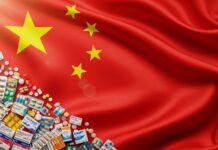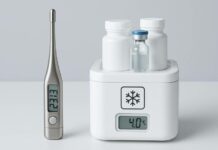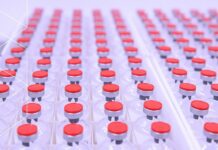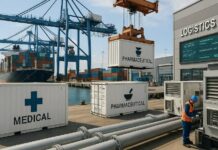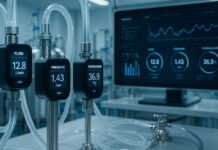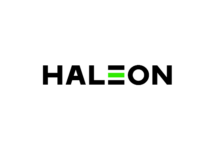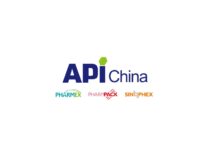Today, within the pandemic situation, mRNA or gene therapy is no longer unknown to us. Whether you are a gardener, computer engineer, or dentist, we have all received an accelerated course on how biologics are manufactured. This real-life situation has provided an opportunity for us to easily understand how a vaccine can be made rapidly. In some ways this new depth of knowledge also had the ability to bring about new fears. Strange names and acronyms like Adenovirus, AAV, and mRNA appeared as quickly as these new vaccines were manufactured. The more we read about them, the more they began to be developed – a never-ending succession of new therapeutics marching through a continuously open door. So, are we living in a horror movie??? Will we see crawling hands scurrying across the floor of manufacturing plants or zombies coming back to life after touching these new products? I don’t think so! At least, never seen with the eyes of this biologist!
The first question you will ask me is where do these new vaccines come from and why don’t we return to the old type of vaccine? We know how to manufacture them, and we know the potency of vaccination as we have been using them for so long. The simple answer is that in today’s world we have to build new strategies. Not because the old vaccines have old fashioned purification methods, but simply because the production line is out of date, and the scale is now too small for today’s market. To satisfy today’s market we need to squeeze the development and production time in order to produce more within the same time frame. As such, new production methods have been developed for gene therapies and viral vectors to meet the current market demand. The reality is that the market wants more and more. Current language is not focused on down-scaling but in finding ways to scale-up, and new words like ‘scale-out’ also begin to appear in our conversation.
During the early stages of the pandemic all eyes were clearly focused on worldwide demand; all ears listening intently to a myriad of voices. What do we need to do, they asked? Gene therapy? Is this a fancy process to develop, people questioned? Adherent and suspension cell lines were explained. Which one is best? What is the benefit, the advantage, the difficulties for these two ways of production?
The reality is that both cell production lines are valid. The difference is in the scale: Adherent systems tend to be smaller, with working volumes up to 500 L, whereas 2000 L is typical for a large-scale suspension process. For sure, the production will be superior in a suspension cell line process, but the concentration of the virus can be higher in adherent cell line production because of less shear stress on the cells. This means that they are broadly equivalent. From my biologist’s point of view, before looking at production volume we should first optimize and work on the basics: the concentration of the cells, the point of infection (when our focus changes from growing more cells to getting them to make virus), and finally the moment of the harvest. Our cells are the first place to look, our body is full of these. Do we need to produce more? Not really. The principle is to use the best combination of factors around the virus itself, that’s the trick to produce good quality in a short time.
The challenge to develop this into large scale production is that when we think big, we also need to think of a realistic way to handle multiple liters of product. It is not like tap water that can be easily stored in simple containers. We are producing under GMP (Good Manufacturing Practice) conditions which means every aspect of the process needs to be carefully controlled for cleanliness and accuracy. We need to be inventive! We are a generation that changes its phone every two years in order to have the latest updates and features. That’s why, as part of today’s generation we are easily able to create new tools to reduce and concentrate volumes to make handling easier and develop ways to combine different steps to simplify purification.
We call this ‘process intensification’ and this has been one part of the solution to the increasing need for new vaccine productivity. The by-product or outcome of this is reduction in process waste. Waste can be multiple things: waste of time, waste of labor, waste of liquid, waste of actions, waste of… I will stop, you get the point. The drivers today in this business are focused on cost of production, reduction of footprint, flexibility in manufacturing, time to market, scalability, and ease of use. If manufacturers want to be competitive today, and quickly reach a large patient population, they need to go faster with less. Process intensification can be emphasized with multiple tools like the integration of continuous or hybrid downstream processing, combining automation, and the flexibility of single-use technologies.
Now, new vaccine manufacturing processes are often, not only designed by scientists and engineers, but also combined with virtual reality tools as a new way to visualize the manufacturing suites and process flow. Virtual reality as a tool can help design and build manufacturing plants that are space efficient with an optimized workflow. This means they are practical to use without having to make layout changes after the equipment has been installed.
As the world changes and adapts to the situation that surrounds us, the biotechnological speed of progress races ahead, defined by need and faith in the regulated world that shapes new life-changing vaccines. So, with multiple bioreactors, creating new vaccines under the scrupulous view of regulators, a biologist’s eyes look without fear, because this liquid saves lives. In the end this is the only thing that matters.
Author Details:
Sabrina Cencig :
Team Manager, Bioprocess Specialist EMEA
Pall Corporation


